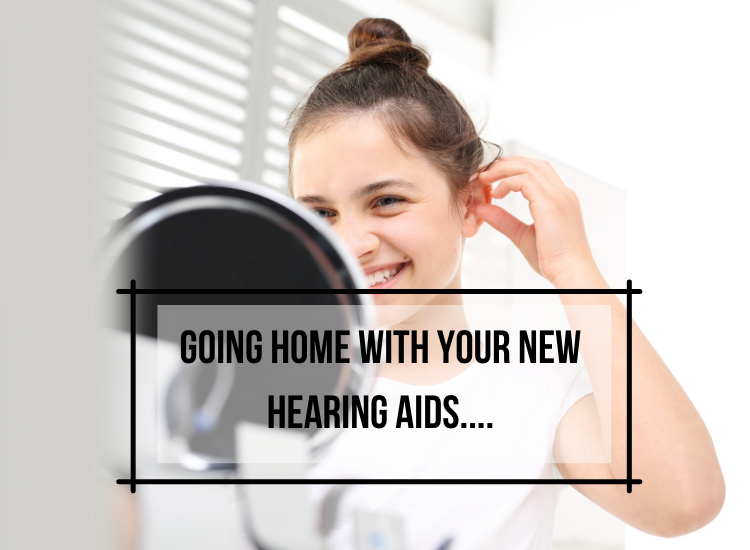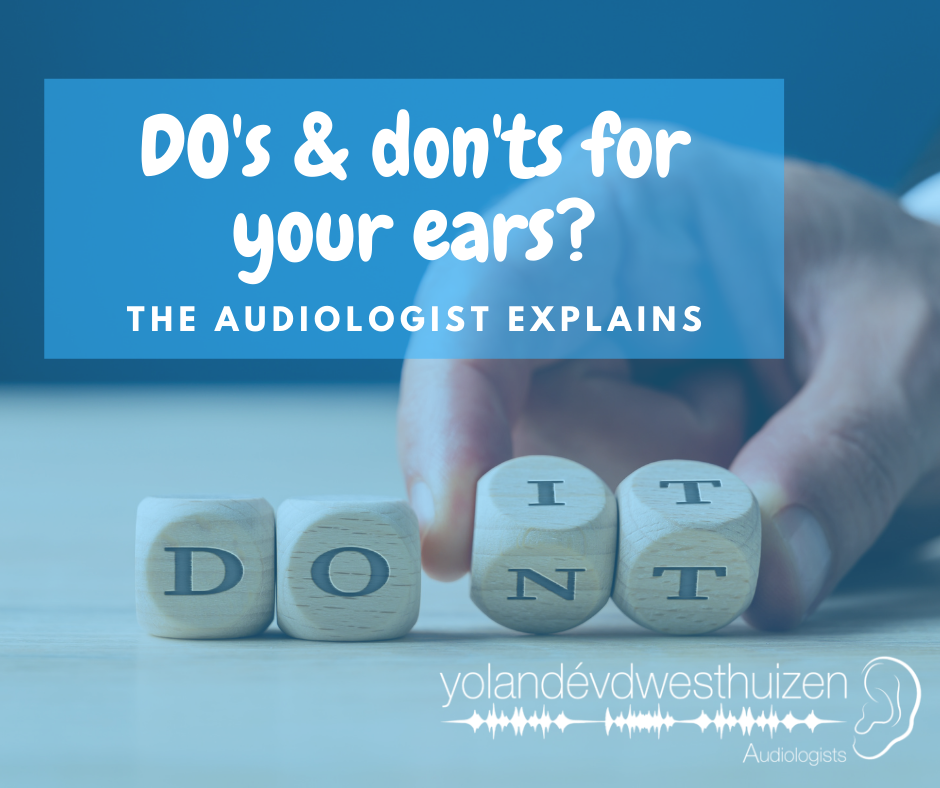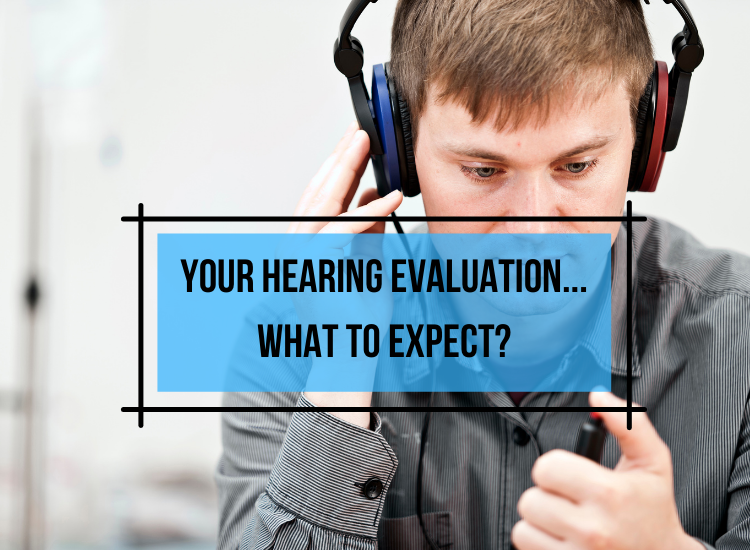
Off to home with your new hearing aids…
January 21, 2021
Do’s & Don’ts with your ears…
January 28, 2021What to expect from you initial visit at the audiologist for a hearing evaluation
During a hearing evaluation your audiologist will assess the entire hearing mechanism. This hearing evaluation essentially looks at the 3 parts of the ear, both structurally and functionally. The outcome of this evaluation will be able to tell us whether there is any functional limitation in hearing and it can tell us where in the ear the problem originates from, should we find any problem. In identifying the presence of a hearing loss as well as the site of the problem, we are able to provide the correct recommendation.
Step 1

Your audiologist will ask you about your reason for visiting the practice, your general medical background and communication difficulties and lifestyle needs. Understanding your concerns, challenges, uncertainties and questions assists us in reaching an accurate diagnosis and treatment plan.
Step 2
Your audiologist will look at the structural functioning of the 3 parts of the ear. This entails the audiologist visually inspecting your ear canal and eardrum with the use of an otoscope – which is essentially a little torch with a magnifying component. Secondly the audiologist will put a small probe/plug into your ear (similar to an earphone). This device will measure the structural functioning of your middle ear through the use of tympanometry and acoustic reflex measurements. If necessary, the same or similar device will be used to test (Oto acoustic Emissions) the functioning of your hearing organ in your inner ear (The little hair cells that are needed for hearing). These structural tests provides us with diagnostic information about the three parts of the ear’s ability to function as it should.

Step 3
The functional assessment or hearing test as it is commonly referred to. During this test you will be required to listen to a series of sounds, low, middle and higher pitched sounds. This will either happen through headphones or insert earphones (Pure Tone Audiometry). This test is typically conducted in a sound treated environment. You will be asked to respond to these sounds every time you hear them by pressing a button. This way the audiologist can determine which sounds you can hear at which volume or intensity. The next step in this section is to assess your ability to hear words at different intensities and in some cases in background noise (Speech Audiometry or Speech in Noise testing). You will be asked to repeat words that is played to your through your headset.
* Certain additional audiological tests might be indicated in some cases. Your audiologist will make this decision depending on your unique case history, needs and symptoms. At Yolandé van der Westhuizen Audiologists we do not include all these tests at a routine hearing test in order to keep the cost of the hearing evaluation reasonable for the patient. If indicated, these additional tests could include: Reflex decay; Tone decay; Uncomfortable Loudness Levels; Most Comfortable loudness Levels; Short Increment Sensitivity Index; etc.
Step 4
Do you have normal hearing abilities or is there a hearing loss present?
In the case of a hearing loss we would be able to confirm the following:
The degree of hearing loss (the extent of the hearing loss)
The type of hearing loss (where in the ear the problem lies)
Possible causes of this hearing loss
Treatment options: Is the hearing loss medically treatable through possible medication or surgery or is a hearing device or hearing aid required?
Do you need any assistance in the interpretation of your hearing test results? Read more here…

Centurion – Wierdapark: 012 653 3830
Centurion – Saxby Medicross: 087 944 1803
Benoni – Northmead: 011 425 0171


